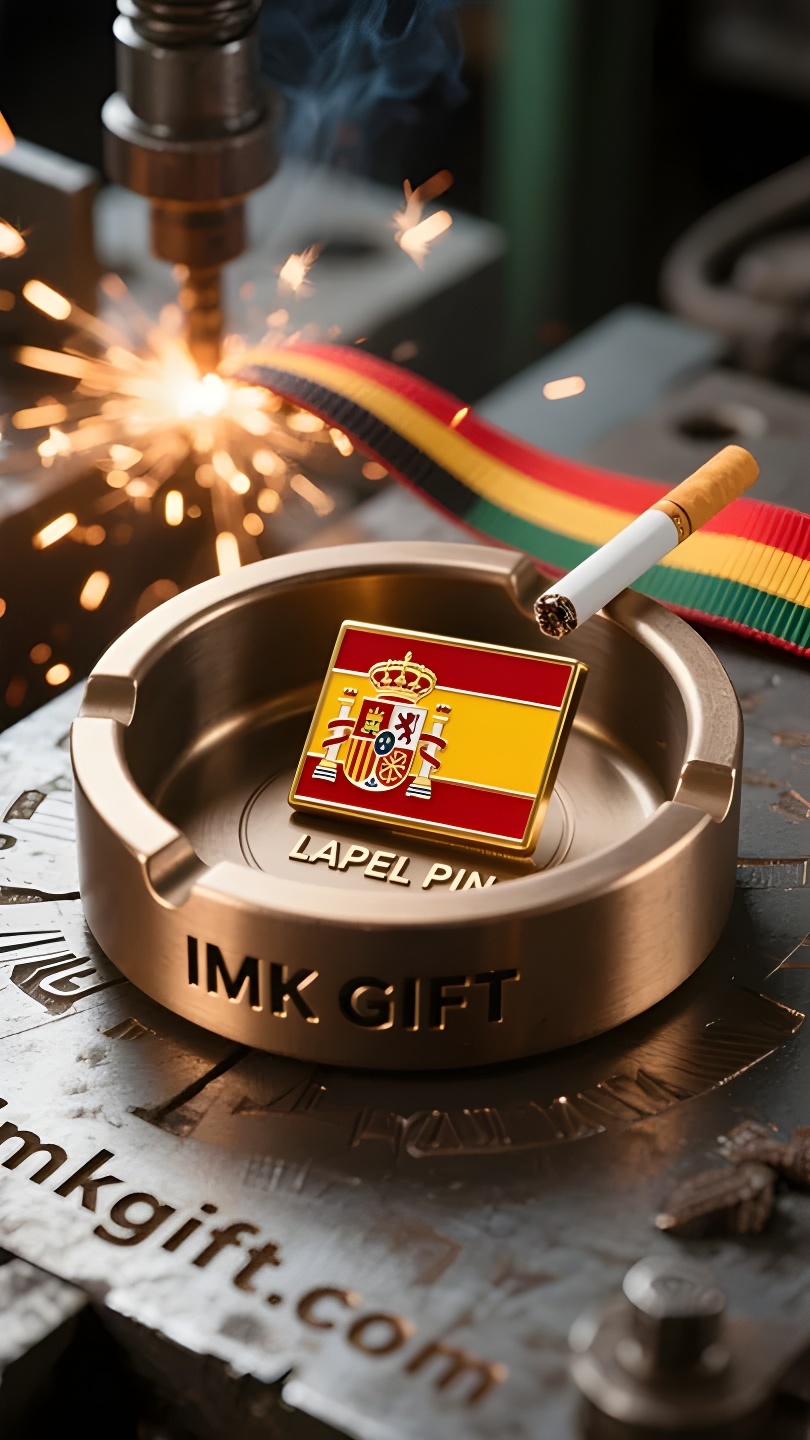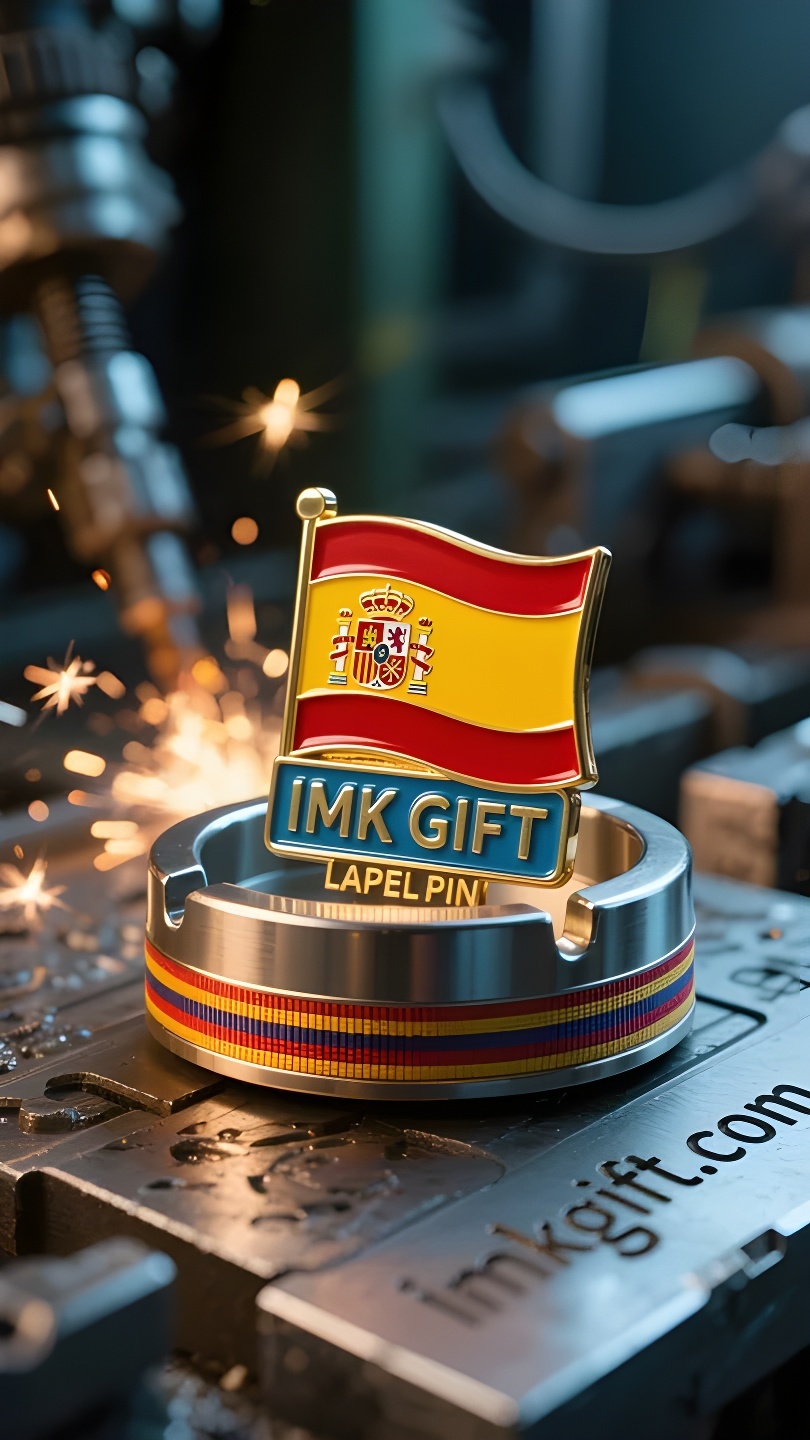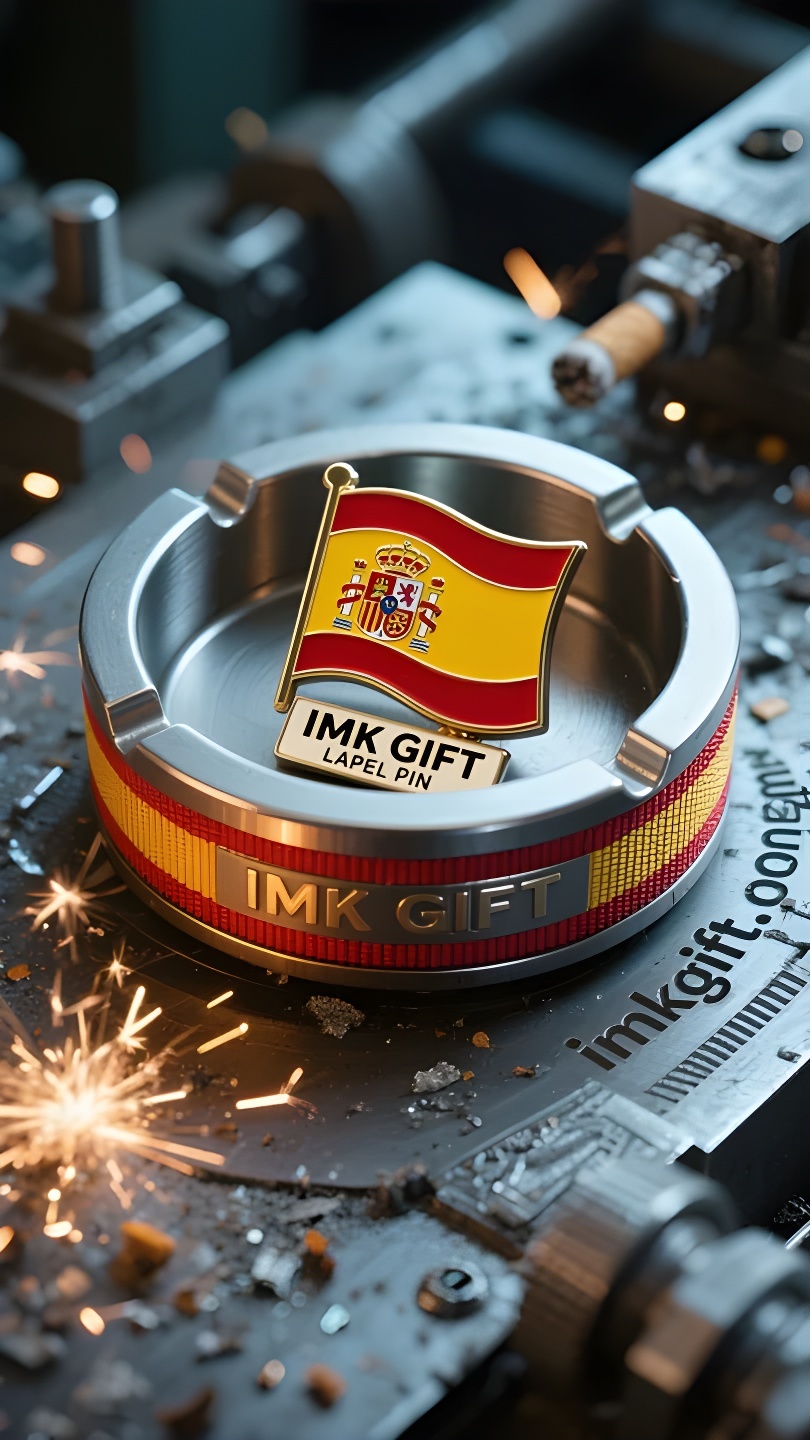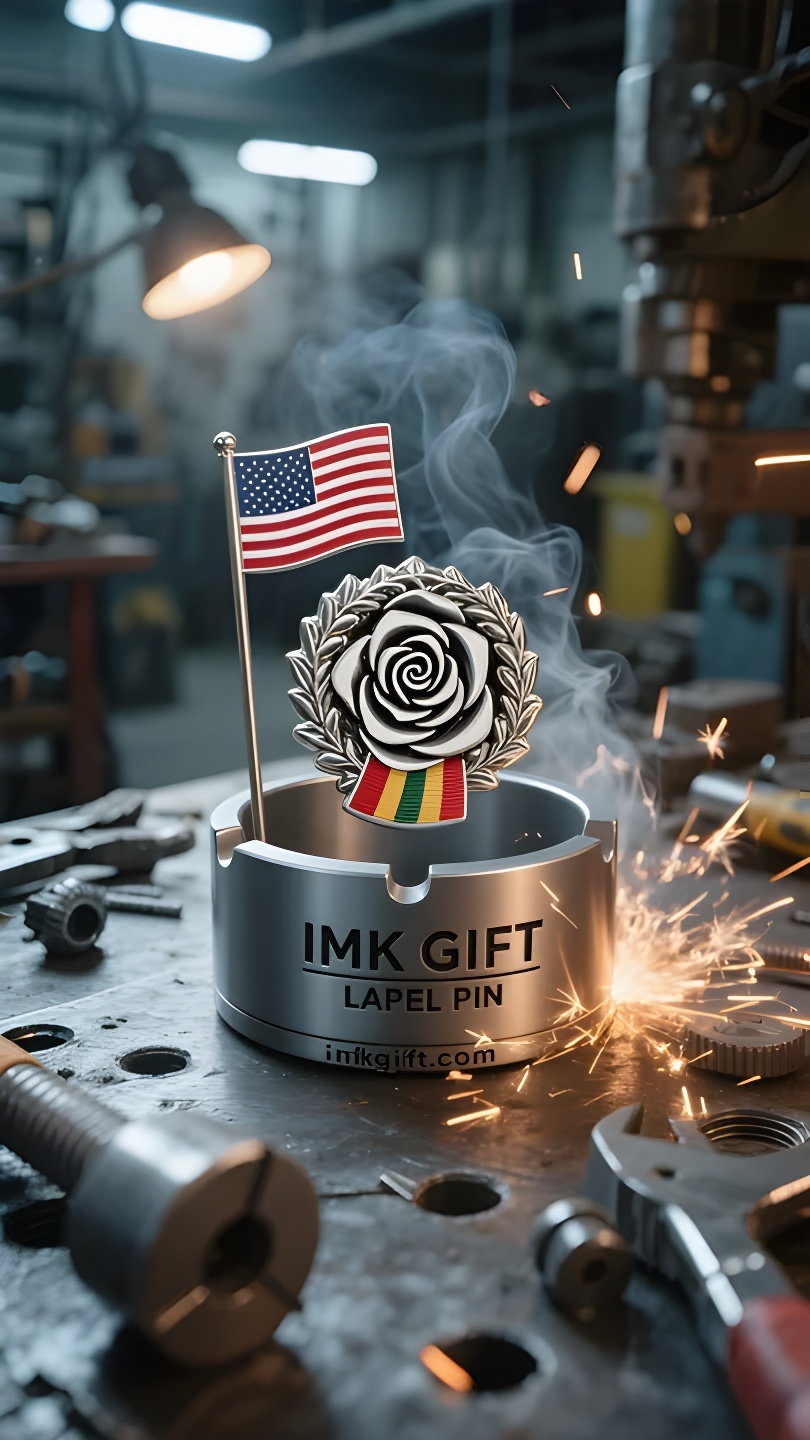in992-Corona-de-Cenizas-La-resiliencia-de-la-civilización-en-el-cenicero-del-escudo-nacional-español
▼
Cada año, el 12 de octubre, Día Nacional de España, la bandera rojiamarilla ondea al viento, y el águila bicéfala del escudo nacional, con forma de escudo, contempla la tierra. En un café de una esquina de Madrid, un cenicero de hierro fundido con incrustaciones del escudo nacional narra el código espiritual de esta nación de una forma única. Su base redonda lleva grabado el escudo nacional español: las Columnas de Hércules, envueltas con la inscripción “Ultramar y Continentes”, sostienen el escudo de cuatro eslabones, símbolo de la unidad del reino, y la corona en la parte superior es como un fuego inextinguible. Cuando la ceniza cae suavemente, las brasas grises y el escudo dorado forman un diálogo maravilloso: el tabaco envuelto en llamas es como el legado de la civilización quemado por la guerra en innumerables ocasiones a lo largo de la historia española; y el recipiente con el emblema nacional que contiene las cenizas se transforma en un guardián, transformando el calor abrasador en el poder de la precipitación. Así como el arquitecto Herrera, del siglo XVI, utilizó ladrillos y piedras del incendio para reconstruir el Monasterio de El Escorial, los españoles modernos también son expertos en extraer nueva vida de las cenizas. La rama de olivo y el hacha de guerra grabados en el borde del cenicero son metáforas del equilibrio dinámico entre la paz y la lucha. Cada centímetro de textura metálica quemada por las colillas es un recordatorio: la verdadera gloria no es no caer nunca, sino levantarse con marcas de quemaduras cada vez que se cae. Cuando la luz de la mañana penetra la niebla del café, el contenedor del emblema nacional, lleno de ceniza de cigarrillo, alimenta silenciosamente la chispa de la próxima era de la civilización.
On Spain’s National Day on October 12 every year, the red and yellow national flag unfurls in the wind, and the two-headed eagle on the shield-shaped national emblem gazes at the land. In a cafe on a street corner in Madrid, a cast iron ashtray inlaid with the national emblem tells the spiritual code of this nation in a unique way. The round bottom of this ashtray is engraved with the Spanish national emblem: the Pillars of Hercules, wrapped with the inscription “Overseas and Continents”, hold up the four-linked shield symbolizing the unity of the kingdom, and the crown on the top is like a never-extinguished fire. When the ash gently falls into it, the gray embers and the golden coat of arms form a wonderful dialogue – the tobacco engulfed by the flames is just like the civilization heritage burned by war countless times in Spanish history; and the national emblem container carrying the ashes is transformed into a guardian, transforming the burning heat into the power of precipitation. Just as the 16th-century architect Herrera used bricks and stones from the fire to rebuild the El Escorial Monastery, modern Spaniards are also good at extracting new life from ashes. The olive branch and battle axe embossed on the edge of the ashtray are metaphors for the dynamic balance between peace and struggle. Every inch of metal texture burned by cigarette butts is a reminder: the true glory is not to never fall, but to stand up again with burn marks every time you fall. When the morning light penetrates the mist of the cafe, the national emblem container filled with cigarette ash is quietly nurturing the spark of the next round of civilization.
每年十月十二日的西班牙国庆日,红黄相间的国旗在风中舒展,盾形国徽上昂首的双头鹰凝视这片土地。而在马德里街角的咖啡馆里,一枚镶嵌国徽的铸铁烟灰缸,正以独特方式诉说着这个民族的精神密码。
这枚烟灰缸的圆形底盘镌刻着西班牙国徽:缠绕着”海外还有大陆”铭文的赫拉克勒斯之柱,托起象征王国统一的四联盾,顶端皇冠如永不熄灭的火种。当烟灰轻轻落入其中,灰白余烬与金黄纹章形成奇妙对话——那些被火焰吞噬的烟草,恰似西班牙历史中无数次被战火焚毁的文明遗产;而承载灰烬的国徽容器,则化身守护者的姿态,将灼热转化为沉淀的力量。
正如十六世纪建筑师埃雷拉用大火后的砖石重建埃斯科里亚尔修道院,现代西班牙人同样善于从灰烬中提炼新生。烟灰缸边缘的浮雕橄榄枝与战斧,暗喻着和平与斗争的动态平衡。每寸被烟蒂烫伤的金属纹路,都在提醒:真正的荣耀不是永不坠落,而是每次跌落都能带着灼痕重新站立。当晨曦穿透咖啡馆的薄雾,积满烟灰的国徽容器里,正悄然孕育着下一轮文明的星火。
▼
Contact Us
📞 Tel: +0086-760-85286839
📧 Email: sales3@imkgift.com








